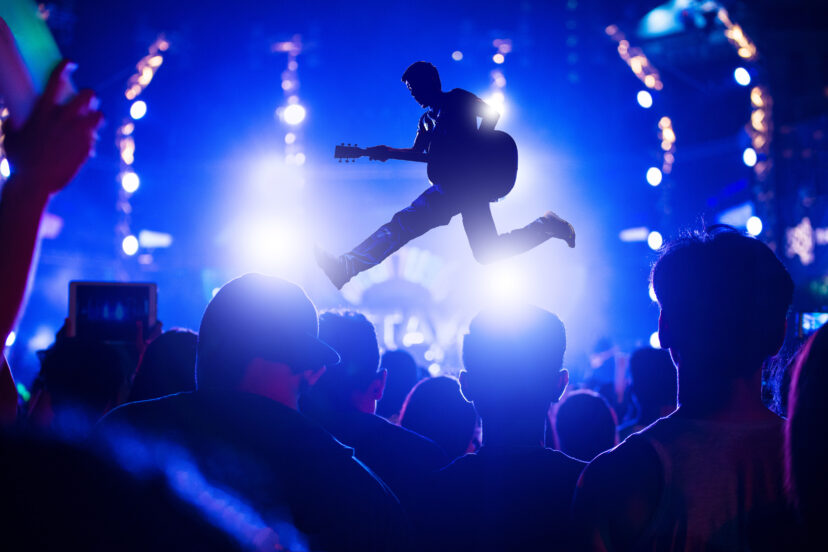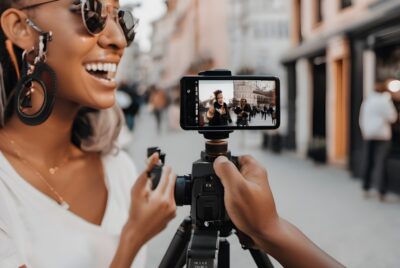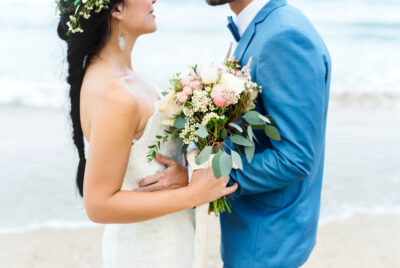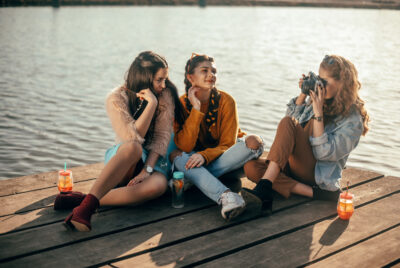Event Photography
When people ask me what I do for a living and I say, “I’m an event photographer,” their first reaction is usually, “Wow, that must be exciting!” And honestly? They’re not wrong. I’ve captured everything from weddings and galas to gritty underground concerts—and no two events are ever the same. If you’re thinking about diving into event photography, or just want to up your game, I’m here to break it all down for you.
What Is Event Photography?
Why It Matters
Event photography is about storytelling. You’re not just snapping pics; you’re capturing energy, emotion, and once-in-a-lifetime moments. Your job? Freeze memories in time.
Types of Events You Can Cover
From corporate functions and birthday parties to festivals, product launches, and fundraisers, the list is endless. Each has its own vibe—and challenges.
My Journey Into Event Photography
Starting With Small Gigs
Like most photographers, I didn’t start with fancy galas. I shot friends’ birthday parties, school plays, and open mic nights. Every event helped me sharpen my skills and grow my confidence.
Learning on the Job
There’s no better teacher than experience. I learned how to deal with low lighting, unruly guests, and sudden schedule changes by just… doing the work.
Essential Gear for Event Photography
Camera Bodies I Rely On
I never go to a gig without two camera bodies. My go-tos are a full-frame mirrorless for low light and a crop sensor backup, just in case.
Lenses That Save the Day
A fast zoom like a 24-70mm f/2.8 and a prime 50mm or 85mm for portraits are my bread and butter. These lenses let me adapt on the fly.
Flash, Batteries, and Backups
Extra batteries, memory cards, external flash—these are non-negotiables. You don’t want your gear giving out mid-event.
Understanding the Event Brief
Ask the Right Questions
Who’s the VIP? What moments absolutely must be captured? Is there a no-go zone? Get clarity beforehand—it’ll save your skin later.
Planning the Flow of the Day
I always ask for a schedule. Knowing when speeches, dances, or key entrances happen helps me anticipate those big moments.
Mastering Lighting in Any Venue
Indoor vs Outdoor Settings
Natural light is dreamy but unreliable. Indoors, you’re often dealing with overhead fluorescents or moody ambiance. Learn to adapt fast.
Working With What You’ve Got
Bring a flash, but use it wisely. Bounce it off ceilings, use diffusers—never blind your guests! Subtlety is your friend.
>>> Today’s deals for cameras on Amazon CLICK HERE <<<
Capturing Genuine Moments
Candid vs Posed
Candid shots bring emotion, while posed shots give structure. I aim for a healthy mix. The best shots? Usually when no one sees the camera.
The Power of Anticipation
Be present. Read the room. Anticipate laughter, hugs, and tears before they happen. That’s how you catch magic.
How to Be Invisible (But Everywhere)
Blending In With the Crowd
Dress like a guest, move like a shadow. You don’t want people stiffening up when you’re around. You want them to forget you’re there.
Moving Like a Ninja Photographer
Stay light on your feet. Know your angles. Use silence and distance to your advantage. Trust me—it works wonders.
Editing With Consistency and Speed
Workflow Tips
Culling right after the event is key. I use Lightroom presets I’ve built to keep my edits consistent and efficient.
Delivering a Polished Gallery
Clients love fast turnaround, but not at the expense of quality. Aim for 5–7 days and deliver a clean, easy-to-navigate online gallery.
Handling Clients Like a Pro
Communication Is Everything
Before, during, and after the event, stay in touch. Send confirmations. Ask for feedback. It builds trust and repeat business.
Contracts and Expectations
Always use a contract. Set expectations clearly: number of images, delivery time, editing style. Protect both parties.
Common Mistakes and How to Avoid Them
Equipment Fails
Don’t bring just one camera or one battery. Redundancy is your insurance policy.
Missing Key Moments
If you’re not in position ahead of time, you’ve already missed it. Be early. Be ready.
Conclusion
Event photography is a wild ride—chaotic, heartwarming, and deeply rewarding. You’re there to preserve moments people want to remember forever. That’s a huge honor and a big responsibility. With the right mindset, gear, and respect for your subjects, you’ll not only survive your first event—you’ll thrive.
So, whether you’re stepping into your first venue or your fiftieth, remember: Stay curious, stay humble, and always keep clicking.
>>> Today’s deals for cameras on Amazon CLICK HERE <<<
FAQs
1. What’s the best beginner camera for event photography?
Start with something reliable like a Canon EOS R or a Nikon Z5—great in low light and easy to use.
2. How do I price my event photography services?
Factor in your time, gear, experience, and deliverables. Start modest, then raise rates as your skills and demand grow.
3. Should I shoot RAW or JPEG at events?
Always shoot RAW. It gives you more flexibility in post, especially in tricky lighting conditions.
4. How do I deal with difficult clients?
Stay calm, listen actively, and always refer back to the contract. Boundaries and professionalism go a long way.
5. Do I need a second shooter?
Not always, but for large events like weddings or conferences, a second set of eyes (and lenses) can be a game-changer.
Further reading
Check out our other relevant articles:
iPhone 14 Pro Camera Protector: A Guide to Protecting Your Camera
Here are two authoritative resources that offer valuable insights and educational guidance on event photography:
-
Adobe’s Event Photography Tips and Ideas
This comprehensive guide from Adobe provides professional advice on capturing significant moments during events. It emphasizes the importance of preparation, research, and adaptability, offering practical tips to help photographers think on their feet and deliver compelling images. -
Format’s Event Photography Guide
Format’s guide delves into the essentials of event photography, covering topics such as necessary accessories, lighting techniques, and equipment choices. It offers practical advice to ensure photographers are well-prepared for various event scenarios, enhancing their ability to capture memorable moments effectively.
These resources complement the article by providing both practical guidance and professional insights into the art of event photography.




